Most surfers are great swimmers and understand the ocean well. This makes you wonder if surfers ever drown.
Surprisingly, a number of surfers drown each year. These individuals are usually international tourists, kids, and beginner surfers, but do include professional and advanced riders at times.
Surfing can be a dangerous sport, even when precautions are taken and you understand the risks involved.
This article will take a deeper look into surfing-related drownings, how they occur, and what you can do to remain safe from such an ending.
- How Many Surfers Drown per Year?
- How Many Surfers Have Drowned in Total?
- Is Drowning the Main Cause of Death in Surfing?
- Where Do Most Surfers Drown?
- Is There a Higher Risk of Drowning While Surfing Than Other Water Activities?
- 4 Reasons Surfers Can Drown
- Aren’t Surfers Afraid of Drowning?
- 6 Tips for Surfers to Avoid Drowning
- Conclusion
- You Might Also Like…
How Many Surfers Drown per Year?
There is no exact recorded number as to how many surfers drown each year.
This is partly because the available data stretches across dozens of countries and multiple continents.
This information is even harder to deduce as drownings that have occurred along coastlines are often not specified as surfing or swimming, but rather get put into the same category of “swimming beach drownings”.
That being said, there are some estimations that we can make to get a rough idea of how many surfers drown each year.
According to research, drownings on surf beaches are 2.36 per 100,000 people per year.
These numbers are made up primarily of international visitors and are likely to include surfers, swimmers, and all other related water sports that are done in the area.
Further data based around Australia, one of the most dangerous surfing coastlines in the world, reports 21 deaths per year due to rip currents.
Although these deaths are not necessarily surfing-related, they also do not include surfers being stung by jellyfish, shark attacks, concussions, and other accidental drownings.
Other data reported by the National Weather Service in the USA states a total of 76 drownings have occurred in surf zones throughout 2021.
Once again these are not necessarily surfers drowning, but they could be included.
How Many Surfers Have Drowned in Total?
As it is not possible to estimate the number of surfers that have drowned per year, it is even harder to estimate how many surfers have drowned over longer periods.
Although we can’t count the total number of drowned surfers, we can mention some of the world’s most popular surfers that ended in such a way.
Although this does not give us specific data on surf drownings, it does indicate how high the chances are, even for the best among us.
Some of these surfers include:
- Dickie Cross
- Joaquín Miró Quesada
- Mark Foo
- Donnie Solomon
- Todd Chesser
- Malik Joyeux
- Peter Davi
- Sion Milosky
- Kirk Passmore
- Alec Cooke
These are just a few drownings that stunned the surfing community.
Although these occurred between 1943 and 2015, it still comes as a surprise to hear such big names being taken down in such a way.
This leaves the assumption that if the best can drown, many less skilled surfers likely face the same or a higher risk.
Is Drowning the Main Cause of Death in Surfing?
As not many people die surfing each year, data does not well indicate what the leading cause of death is for surfers, but it is a tough fight between shark attacks and drowning.
Head injuries are the most common among surfers and are responsible for thousands of trips to the hospital each year, some ending in life-changing concussions.
Losing consciousness due to a blow to the head while surfing is likely to lead to drowning.
However, surfers generally do not surf alone, and when these situations arise, are quickly scooped up by their fellow surfers and brought to safety.
As for shark attacks, when surfers get bit by a shark it more often than not ends in death.
Although this is a scary thought, each surfer has only a 0.00018% chance of a shark attack which is undeniably low.
Where Do Most Surfers Drown?
When anyone familiar with surfing thinks of a class A wave, Pipeline, located at North Shore, O’ahu, Hawaii, is often the first to come to mind.
This break provides some of the best forming and most raw waves on earth and has claimed more lives than any other location.
Although the numbers are not staggering, Pipeline has claimed approximately 13 lives over the years which is far more than its closest rivals.
The raw waves, high peaks, hollow barrels, and shallow reef make this one of the most dangerous waves a surfer could face.
Is There a Higher Risk of Drowning While Surfing Than Other Water Activities?
Although surfing is conducted in uncontrolled and dangerous environments, the risk of drowning is surprisingly low.
This is likely due to the fact that surfers are good swimmers, are confident in the water, and understand how the ocean works.
It is rare to find a surfer paddling out into a 30ft swell when the biggest waves they have surfed in the past are a little more than 6ft.
Because of this, there is a higher risk of deaths from other water sports than there is from surfing.
Both swimming in a pool and recreational boating (which could include towed water sports) cause more drownings in the USA each year than surfing.
Approximately 390 people drown each year from various activities in swimming pools and around 650 people die each year through boating related incidents.
If we took the surf zone drowning statistics from the beginning of the article (2.36 per 100,000) and assume there are approximately 17 million surfers in the world, an average of 401 drownings occur at these beaches each year.
This number, however, does not represent only surfers, and even if we assume half of these deaths were surfing-related (the actual number is assumed to be far less) then surfing still comes out safer than other water sports.
4 Reasons Surfers Can Drown
Just because surfing-related drownings are not common does not mean that they are not possible.
Surfing is dangerous and it is only because surfers take precautions from the following that there are not more drownings in the surfing world.
1. Head Injuries
Head-related injuries pose the highest risk in the surfing world.
Between colliding with other surfers, hitting your board or your own body parts such as a knee, or smashing into a shallow reef, the risk of hitting your head is high.
Concussions and loss of consciousness are extremely likely when a hard knock to the head occurs, which could lead to drowning if actions are not immediately taken.
2. Rip Currents
More drownings take place because of rip currents than any other ocean-related incident.
Although this is less common for surfers because they tend to understand rip currents and use them to their advantage, less experienced surfers may panic when caught in a rip and drown due to a lack of understanding.
It is important to take note of all the rip currents in an area before paddling out, as well as to know how to use them and escape them if needed.
3. Long Hold Downs
The reason big wave surfing is so dangerous is due to the massive amount of pressure that the breaking waves exert.
Swell that is above 30ft can hold a surfer underwater for minutes at a time.
Combine this with a set of these waves and it is easy to see how so many world-famous big wave surfers have drowned, even with breath holds of over 5 minutes.
4. Low Level of Endurance
Exhaustion is the biggest precursor to drowning.
The reason most people drown is that they run out of energy and can no longer keep their heads above the water.
Attempting to go surfing when you have a low level of fitness can leave you caught in the impact zone with no energy to paddle through the waves.
If you cannot catch your breath, it is not possible to hold your breath and dive under the waves.
Furthermore, you will not have the energy to paddle yourself back to shore safely and will likely find yourself constantly being wiped out by the coming waves.
Aren’t Surfers Afraid of Drowning?
For small wave surfers, drowning is not much of a concern.
Because surfers are fit and understand the ocean, we feel we do not have much to worry about when the swell is small.
Smaller swell may give you a bit of a beating, but it is not likely to keep you under the water for longer than a few seconds.
The danger comes in when the waves become bigger, and as the swell increases, so does the fear of drowning.
To tackle this fear, Shane Dorian, a well-known big wave surfer, set in motion the development of an inflatable life jacket after facing a near-death wipeout at Mavericks.
Because surfers do not use traditional life jackets, this invention was a massive success.
This inflatable PFD is now used among many big wave surfers who fear the extended hold-downs that are so common with the sport.
6 Tips for Surfers to Avoid Drowning
1. Stay Fit
Endurance is a huge part of surfing. Surfing is both aerobic and anaerobic, which makes it an extremely physically demanding sport.
Running out of energy while out in the ocean is a dangerous situation to find yourself in.
Yes, you will have your surfboard to keep you afloat, but if you find yourself caught in an impact zone and your leash snaps, you will need to rely on your fitness and swimming skills to get yourself to safety.
2. Practice Breath Holds
The longer you can hold your breath, the less chance there is of you drowning. It is as simple as that.
Practicing breath holds daily will allow you to quickly be able to hold your breath for a few minutes, which is much longer than most waves will hold you down.
Once you are confident that you do not need air for a few minutes, the panic of being held underwater will lessen and you will be able to relax.
3. Learn How the Ocean Works
Knowledge of the ocean and the spot you will be surfing is everything.
If you understand how rip currents work, where all the rocks are, how deep the water is, and where the waves will break, then you decrease your chances of drowning by a large factor.
You should never go into the ocean if you do not understand the break.
Every wave is different and each surf spot has its characteristics.
4. Protect Your Head
As mentioned before, head injuries are common with surfers.
When bailing off a wave, it is a good idea to cover your head.
At high speeds, a hit from your board could knock you unconscious and lead to drowning.
This is even more important when surfing shallow breaks such as a dry reef.
5. Know Your Limits
Knowing your limits and when you have done too much is important when entering the ocean.
Although pushing your limits is the only way to get better, this should be done cautiously and in small amounts.
Attempting to surf waves meters bigger than what you are used to is a disaster waiting to happen.
If you plan on facing surf beyond your level, then you should always enter the water with other surfers who are comfortable in those conditions.
6. Use a PFD
Inflatable PFDs have become popular with big wave surfers for a reason.
Although not necessary in smaller waves, if you are going to be facing some monsters, then it is a good idea to invest in an inflatable life jacket.
These may be expensive, but they could save your life.
Conclusion
Many people drown in the ocean each year, but only a small percentage of these are surfers.
Surfers tend to be great swimmers and have a strong knowledge of the ocean, which keeps them safer than most.
That being said, surfers do still drown, especially when surfing large waves.
Because the sport can be so dangerous, you should always keep in mind what could go wrong, and take steps to avoid these situations.
You Might Also Like…
-

Do Surfers Ride Switchfoot? 5 Benefits (& Why You Should Learn It)
-

Do Surfers Shave Their Legs? 5 Common Reasons (+Pros & Cons)
-

Do Surfers Wear Helmets? 8 Situations You Should Wear One (+4 Cons)
-

Do Surfers Poop in the Ocean? Myths & Facts (+5 Tips)
-
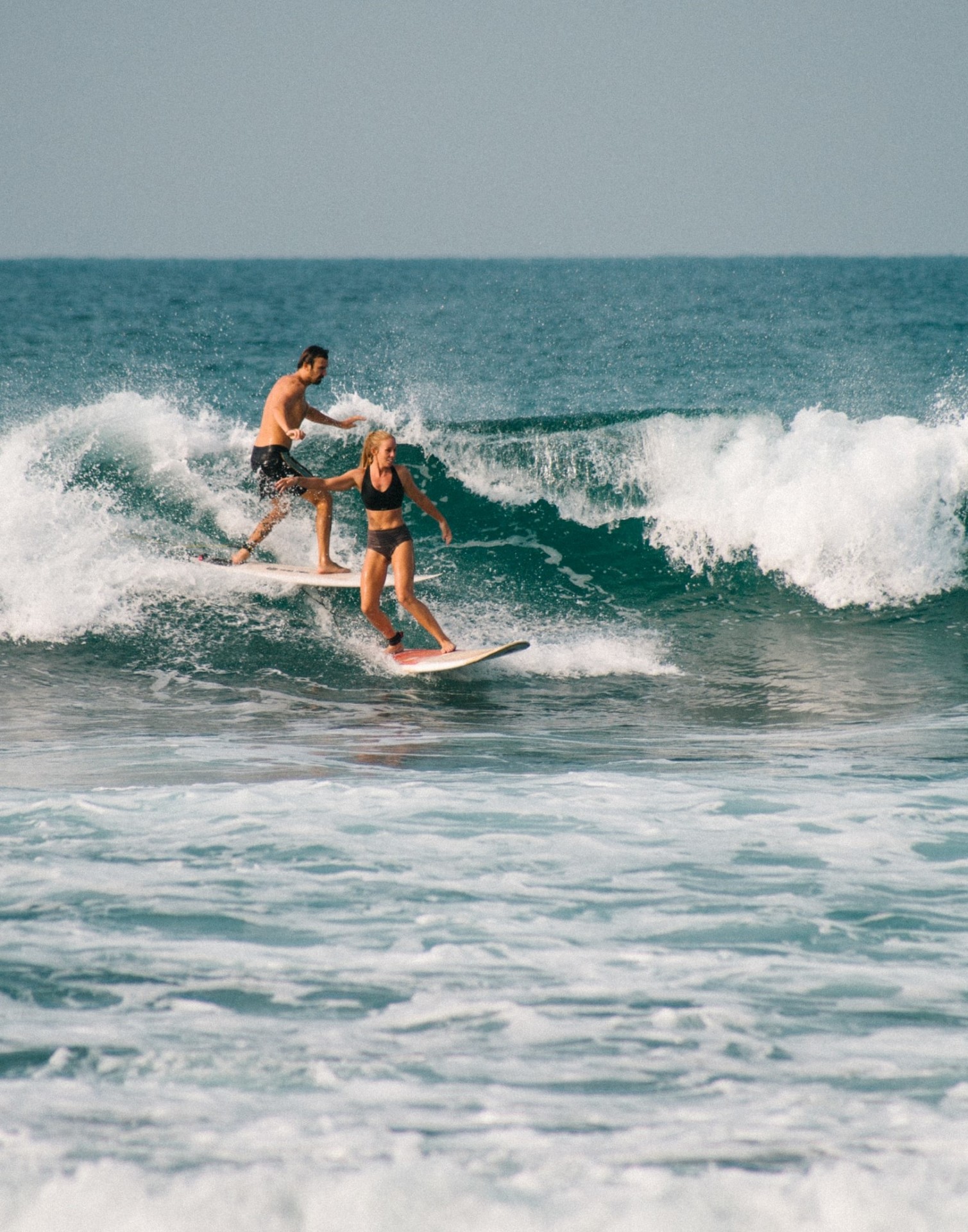
Do Surfers Run Into Each Other? 5 Common Reasons (+8 Tips)
-
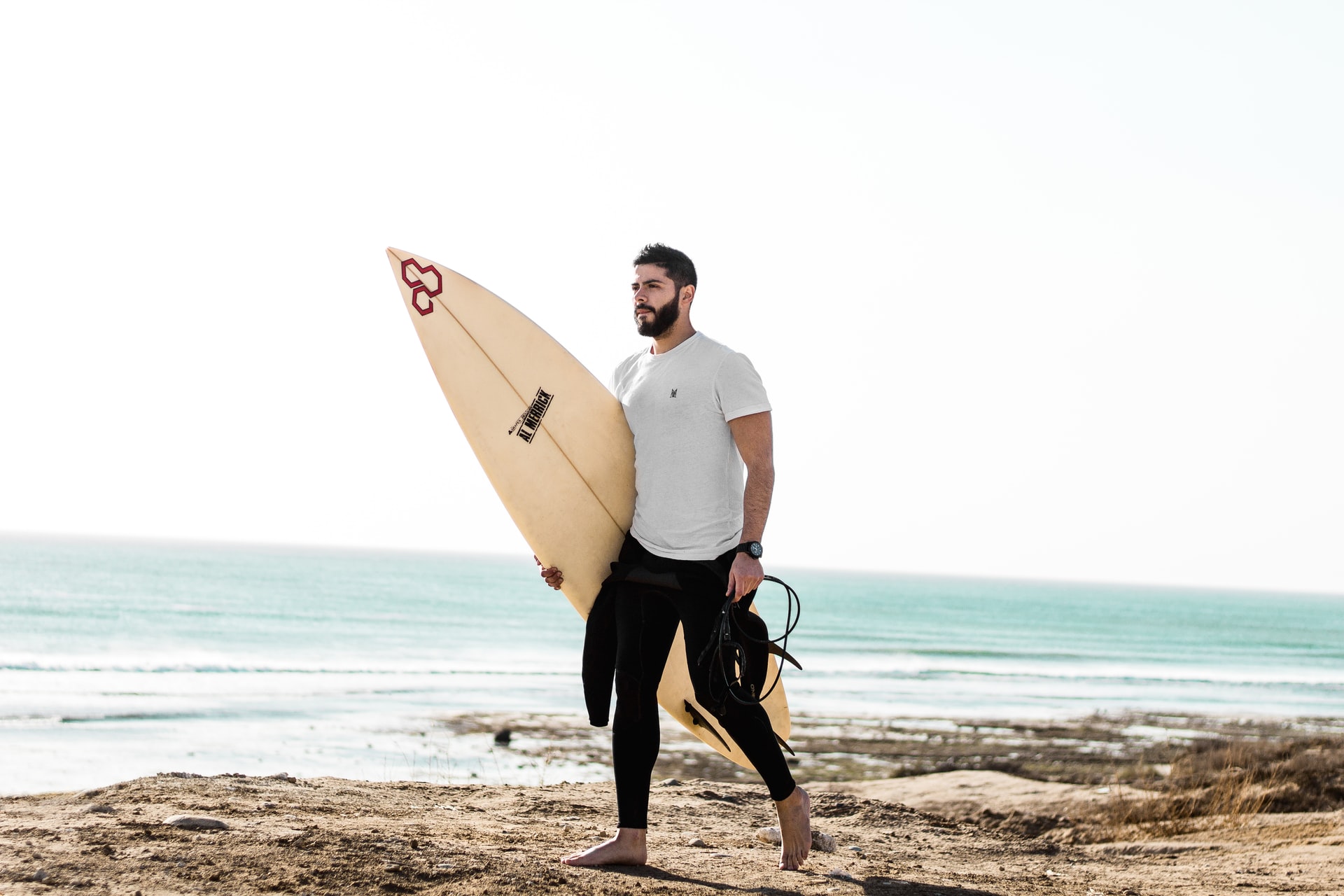
Do Surfers Have Beards? Pros & Cons You Should Know (+4 Tips)
-
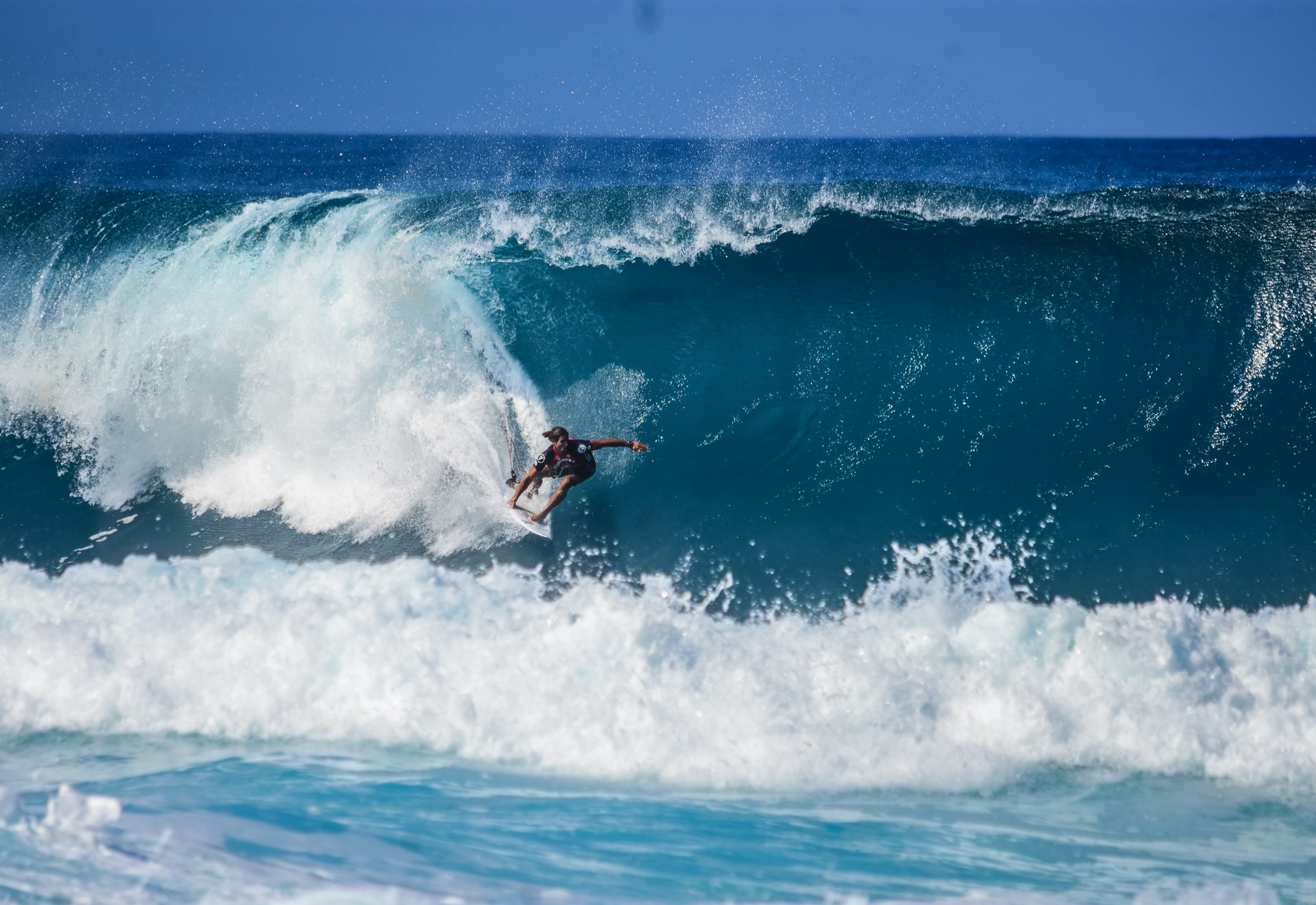
Do Surfers Like Constructive or Destructive Waves? (+Pros & Cons)
-

How to Surf Safely: 34 Crucial Tips (Every Surfer Should Know)
-
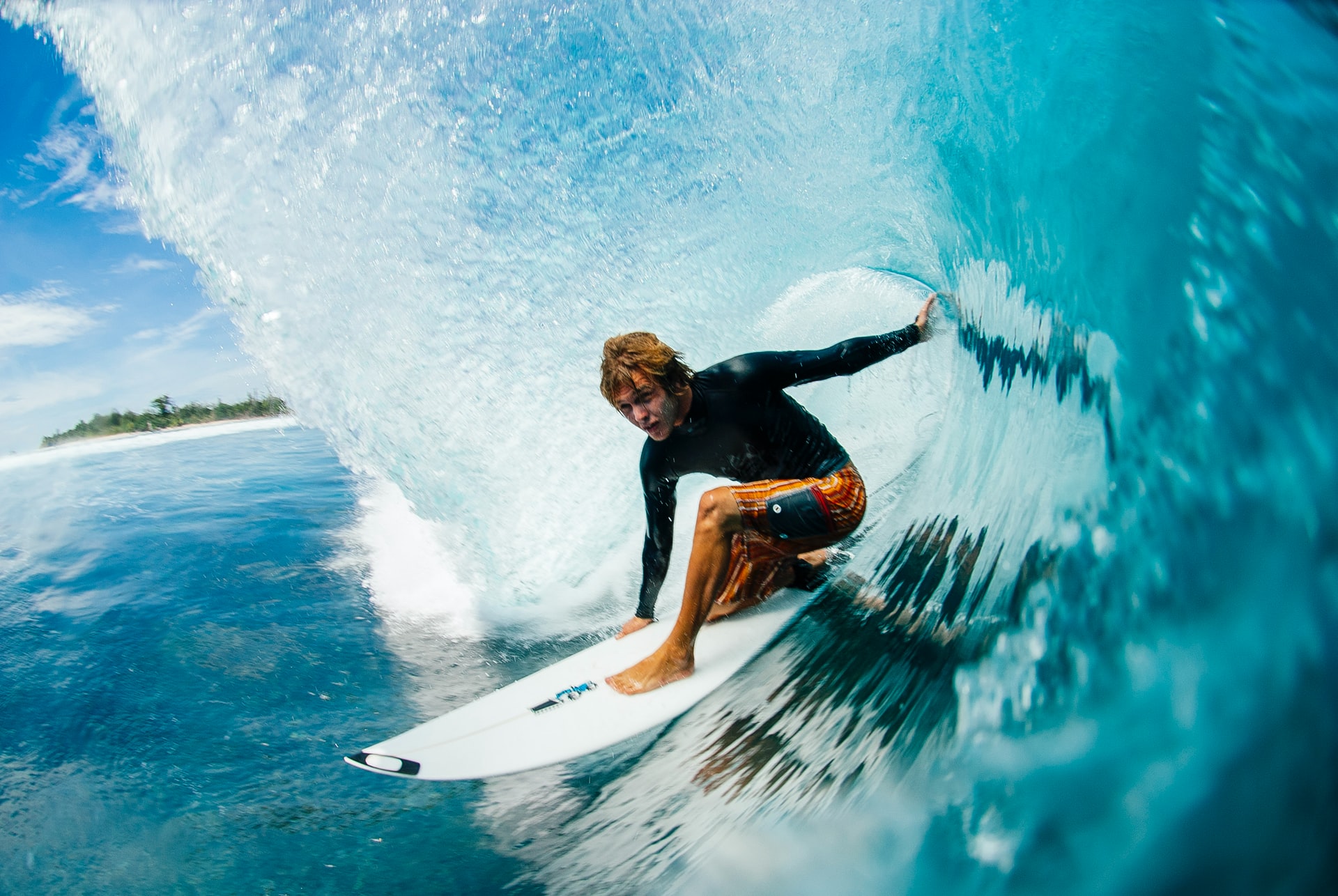
Do Pro Surfers Use Leashes? (+6 Reasons Why You Should Too)
-

Do Many Surfers Drown? Here Are the Facts (+4 Common Reasons)
-
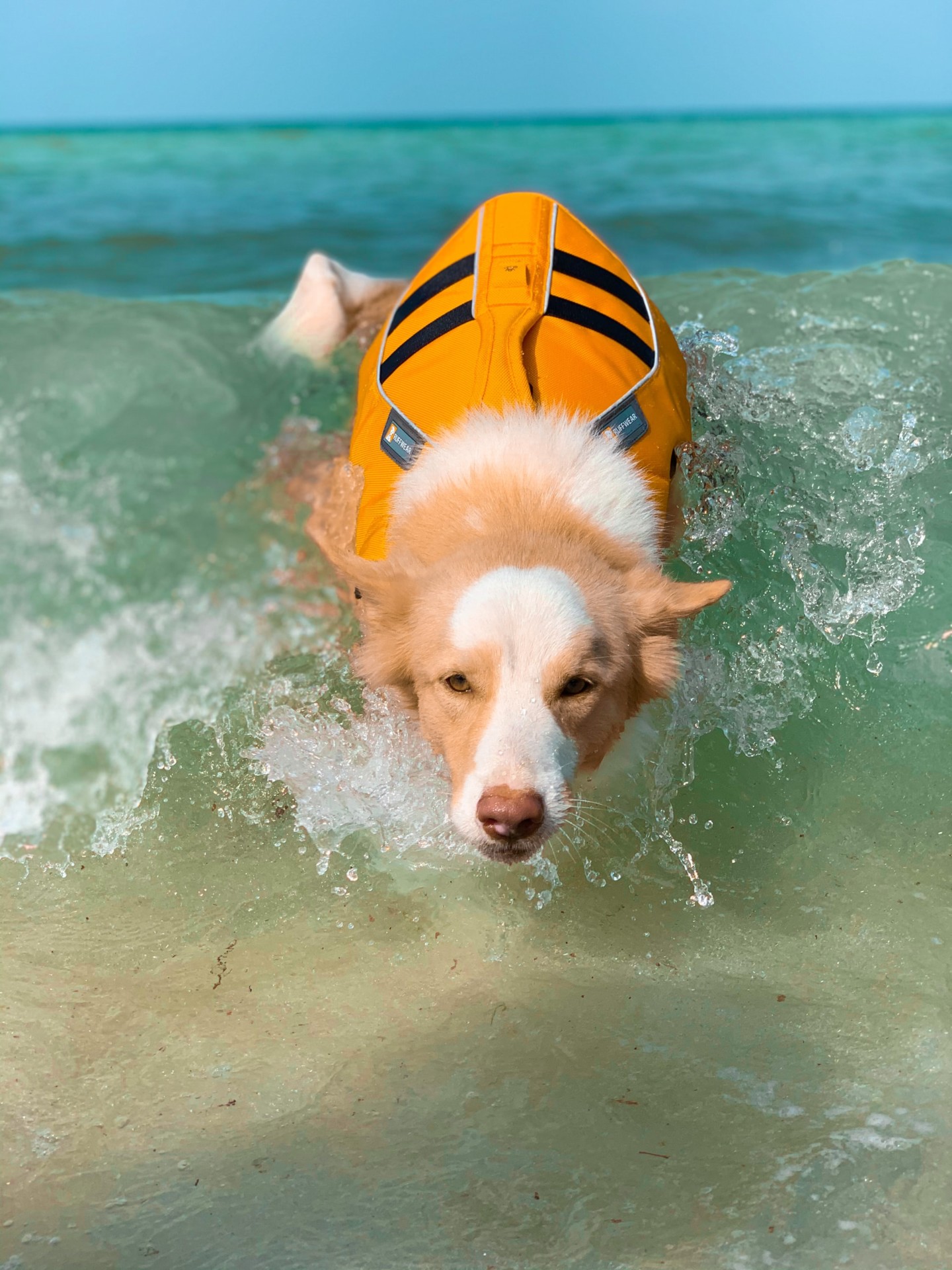
Do Surfers Wear Life Jackets? (7 Reasons Why They Don’t)
-
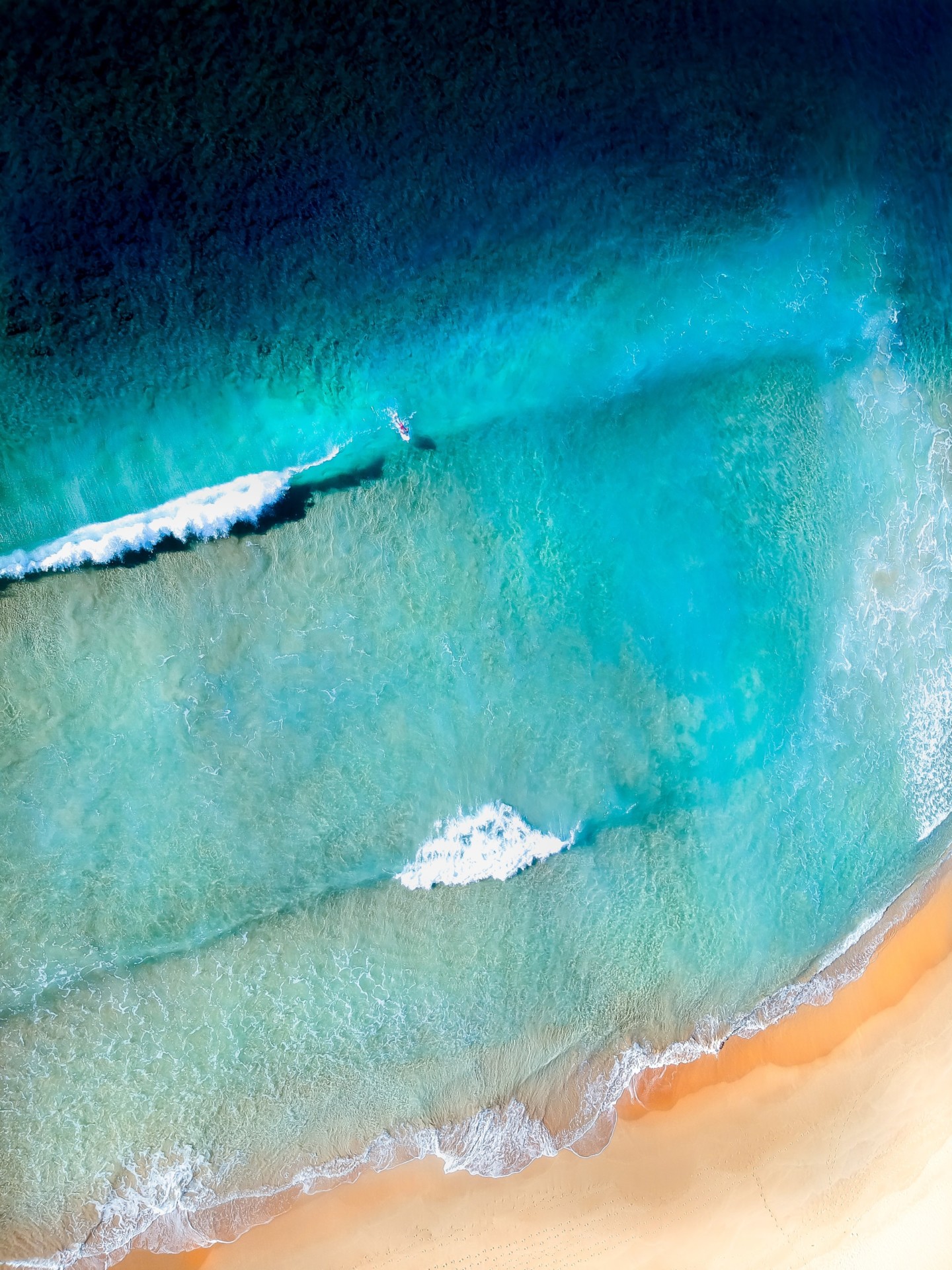
Do Surfers Like Rip Currents? (& How to Use Them Safely)







